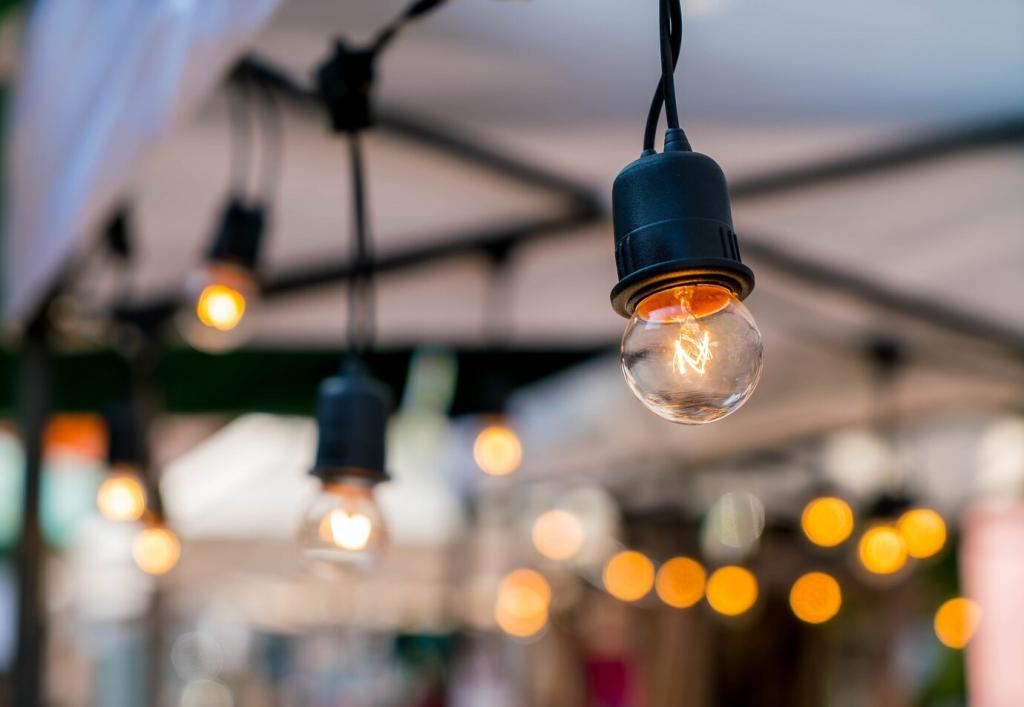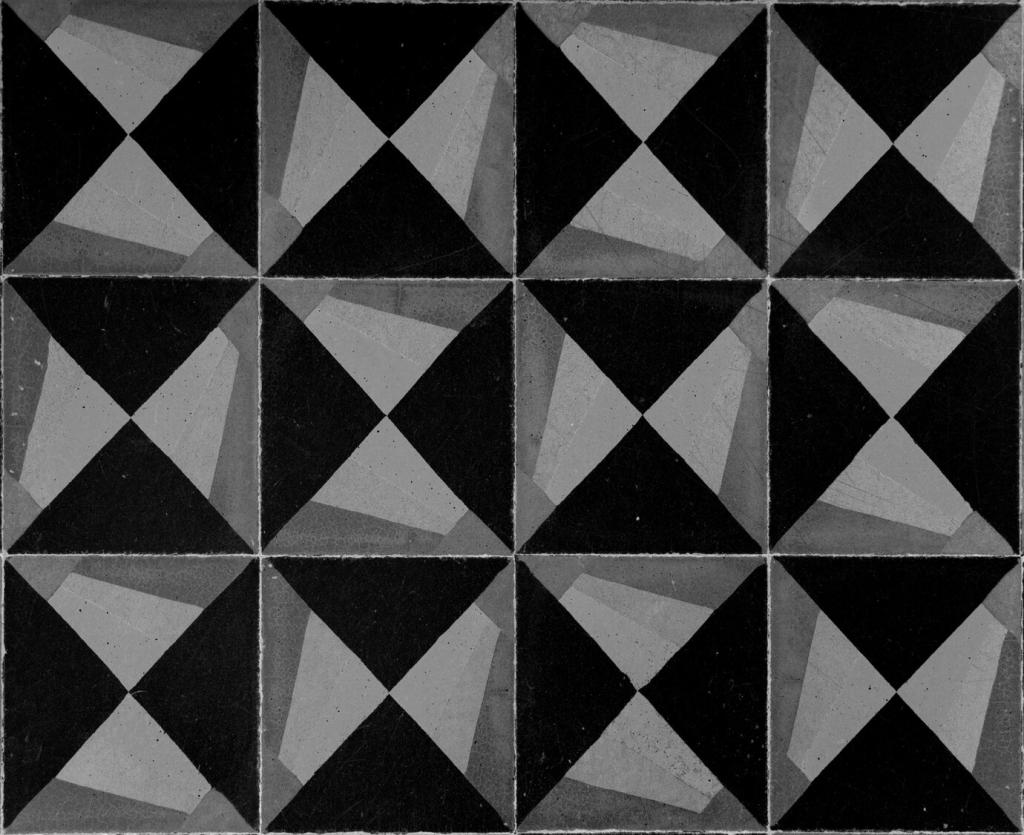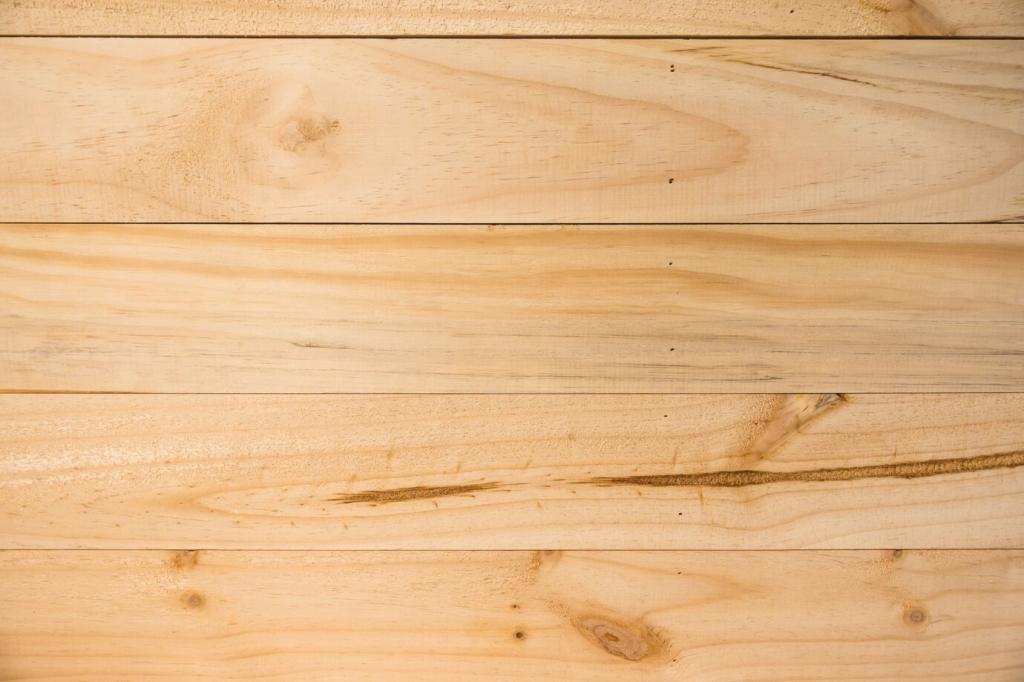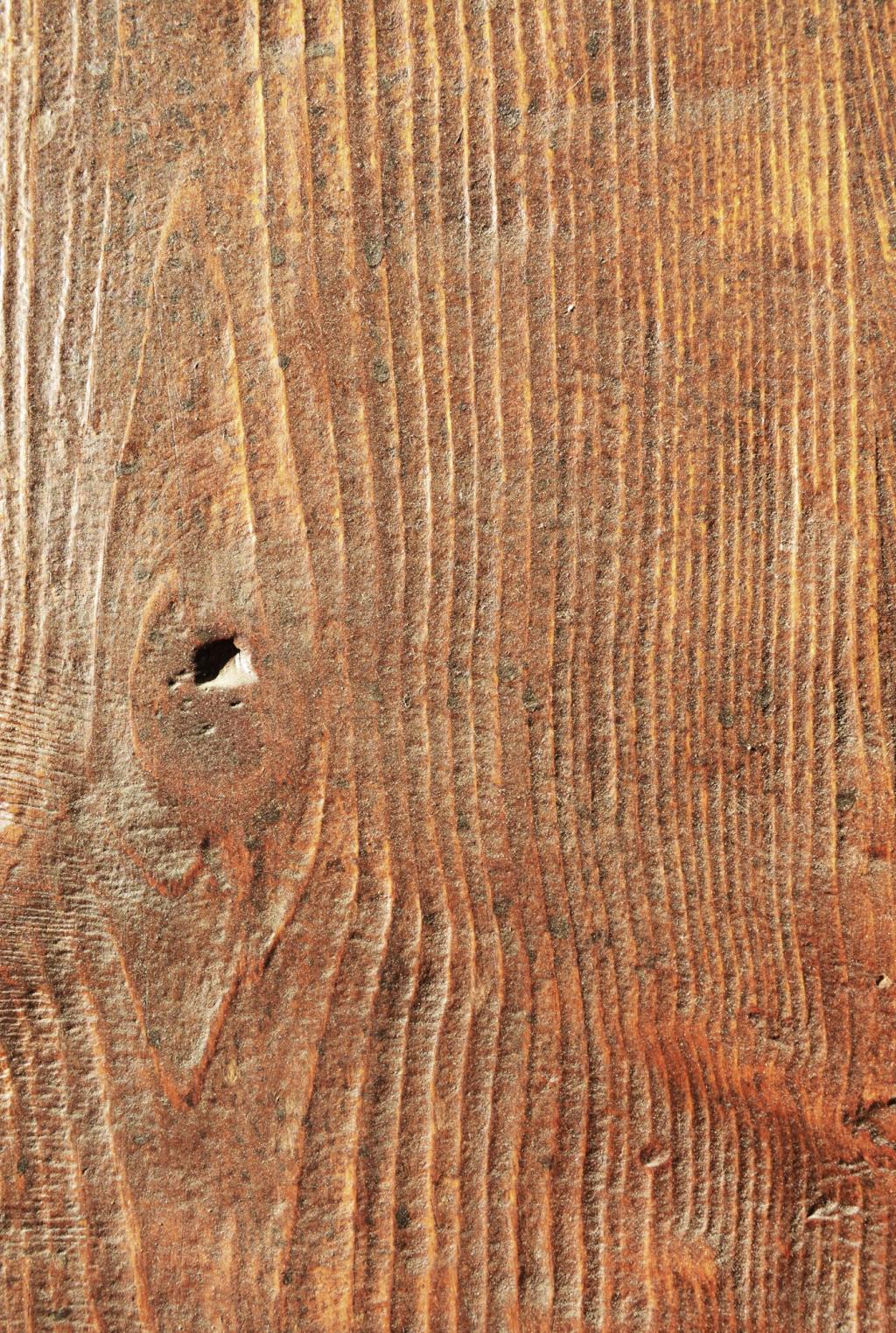Incorporating Vintage Furniture into Modern Interiors
Understanding Vintage and Modern Design
01
The Allure of Vintage
Vintage furniture appeals not just for its aesthetics but for its history and authenticity. Each scratch or worn edge offers a tangible link to the past, telling stories about who might have owned it and how it was used. In a world flooded with mass-market pieces, vintage finds allow homeowners to infuse their spaces with originality and depth. Their unique silhouettes, intricate carvings, or aged finishes bring an unmistakable warmth and soulfulness that newer pieces often lack. This allure also lies in the exclusivity and rarity of true vintage finds, making any home stand out while resonating with a personal sense of nostalgia or appreciation for eras gone by.
02
The Essence of Modern Interiors
Modern interiors place a premium on clarity, openness, and function. Clean lines, uncluttered spaces, and a neutral or monochromatic palette form the backbone of this style. There is an emphasis on letting in natural light, maximizing space, and opting for understated elegance over ornate detailing. Unlike historic styles that may prioritize decoration, modern interiors embrace a less-is-more philosophy, often highlighting a few high-quality pieces or focal points. By understanding these guiding principles, homeowners can create a serene sanctuary that feels inviting and organized—an ideal canvas for punctuating with vintage accents.
03
Finding the Balance
The secret to marrying vintage and modern lies in maintaining equilibrium—neither allowing vintage treasures to overtake the space nor relegating them to the background. It’s about making each piece feel at home by establishing a dialogue between old and new. Thoughtful placement, careful editing, and an eye for proportion ensure that every object contributes to a cohesive whole. Pairing an antique dresser beside a contemporary bed or placing a mid-century chair under a modern pendant light creates contrast that feels intentional, never chaotic. This process requires experimentation and intuition, evolving as you discover what feels right for your personal taste and lifestyle.
Selecting the Perfect Vintage Piece
When selecting vintage furniture, the condition and quality of the piece are paramount. Unlike new furnishings, vintage items have weathered years—sometimes decades—of use. It’s crucial to examine for structural integrity, ensuring joints are tight and wood is not warped. Check for any hidden damage such as deep scratches, missing parts, or old repairs that could impact function or aesthetics. Prioritize quality materials such as solid wood, hand-finished surfaces, and authentic hardware. These elements will not only ensure longevity but also reflect the craftsmanship that sets vintage furniture apart, allowing the piece to be a lasting part of your home’s evolving story.

Contrasting Old and New Finishes
Vintage furniture often features timeworn finishes that stand out against the crisp, smooth surfaces of modern design. To fully appreciate this contrast, consider how the patina of a 1950s teak sideboard looks beside a high-gloss coffee table or minimalist leather sofa. These juxtapositions become focal points, drawing attention to both the character of the old and the sophistication of the new. The dialogue between aged woods or distressed metals and pristine contemporary finishes invites tactile exploration, celebrating the passage of time and craftsmanship. This rich layering infuses modern spaces with a sense of collectedness and warmth.
Playing with Upholstery and Surfaces
Textiles are a bridge between vintage and modern aesthetics. A vintage upholstered chair reimagined in a contemporary fabric creates a one-of-a-kind statement, while throws and cushions can soften more angular modern forms. Consider pairing a velvet 1920s armchair with a sleek metal coffee table, or draping a chunky knit over a retro settee. This approach provides a tactile invitation to enjoy the furniture, transcending visual appeal to offer comfort and functionality. Carefully chosen fabrics and surface treatments invite users to engage with the pieces, making them integral, approachable elements in a modern home.

Previous slide
Next slide
Harmonizing Color Palettes
A neutral color palette serves as a wonderful backdrop for integrating vintage furniture into modern interiors. Soft whites, beiges, and grays provide a calming landscape where pieces from different eras can coexist without competing for attention. Neutrals not only ground visually busy items but also allow the eye to appreciate the craftsmanship and texture of vintage furniture. By creating this understated canvas, you make it possible for each element—be it a contemporary sofa or an antique bureau—to stand out on its own terms, resulting in a space that is sophisticated, balanced, and cohesive.

Previous slide
Next slide

Sustainable and Ethical Considerations
Vintage furniture offers a second life to objects that might otherwise end up in landfills. By choosing to incorporate these pieces into your modern space, you are participating in a larger movement toward reuse and sustainability. This reduces the demand for new raw materials and energy-intensive manufacturing processes. Every well-loved table, chair, or cabinet you save not only carries its own legacy but also tells a new story within your home—representing values of conservation and respect for craftsmanship that modern mass production can seldom match.
